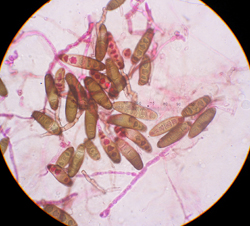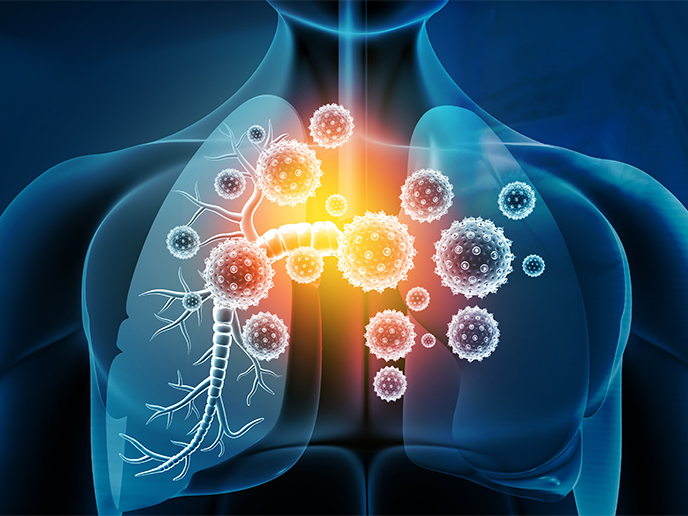Functional food from fungi
The market for antioxidants is increasing. Greater consumer awareness and an ageing population in Europe have contributed to the demand for food additives that defend the body against free radical damage. Among the growing list of safe anti-ageing food additives are carotenoids. These organic pigments that give rise to the colour in egg yolk and the shell of a lobster are naturally produced in plants and some bacteria and fungi. European manufacturers use the fungus Blakeslea for the biological production of carotenoids but the yield is far lower than that delivered by chemical manufacture. The aim of the FUNGAL CAROTENOIDS project was therefore to produce fungal strains with improved carotenoid content. Chemically induced mutation and fusing genetically different strains (heterokaryosis) gave rise to new genotypes. The most productive mutant had a five-fold increase of carotenoid content as compared with the wild type. In order to facilitate extraction of the spores of the mutants with increased carotenoids, centrifugation was used. Spores with low density were collected at the surface and wild type denser bodies clumped at the bottom. Overall, the lighter spores had greater concentrations of pigment. The theory that a higher lipid content was responsible for the decreased density was researched. Investigations revealed however that fatty acid content of the spores did not increase in line with pigment in the floating spore phenotype. Further research is required to ascertain the precise reason for changes in density of spores with a greater concentration of carotenoid. Other techniques used to try to ascertain the chemical reasons for low density included thin layer chromatography and the use of radiolabelled isotopes. Biological production of nutricals is of superior commercial and dietary value to chemical manufacture. Manipulation of the genetics of micro-organisms to achieve higher yields would appear to be a promising avenue for further development.







